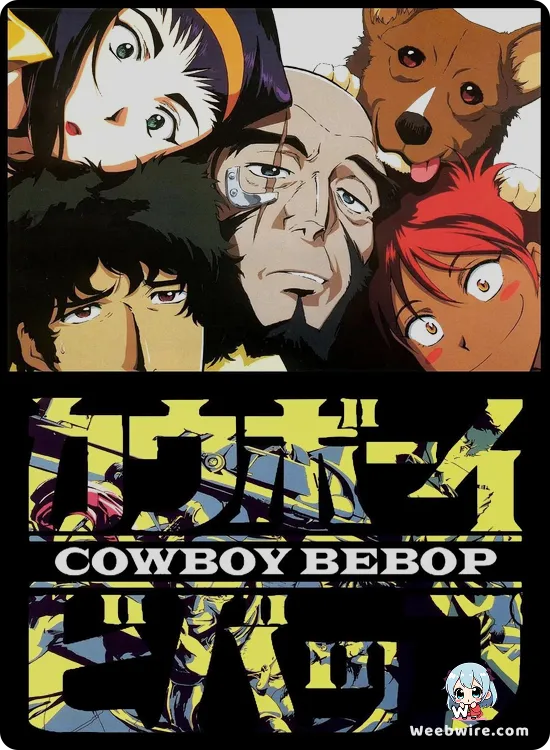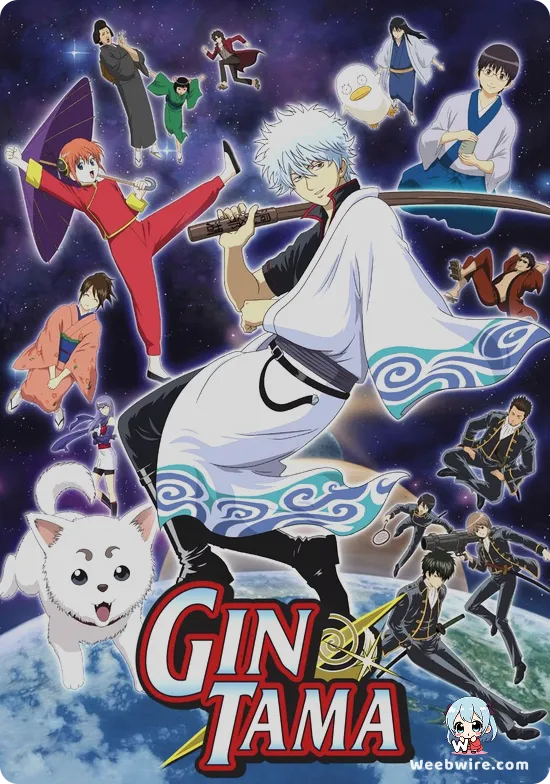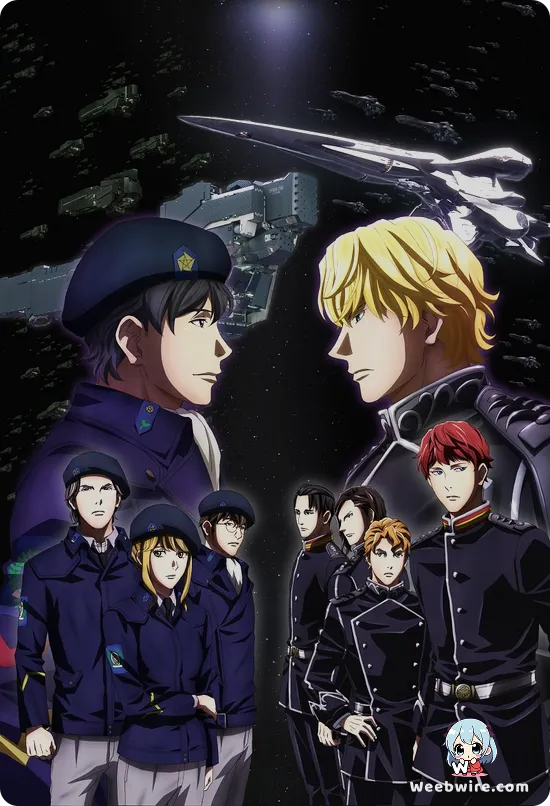Time of Eve: The Groundbreaking Anime That Redefined Sci-Fi's Human-AI Frontier
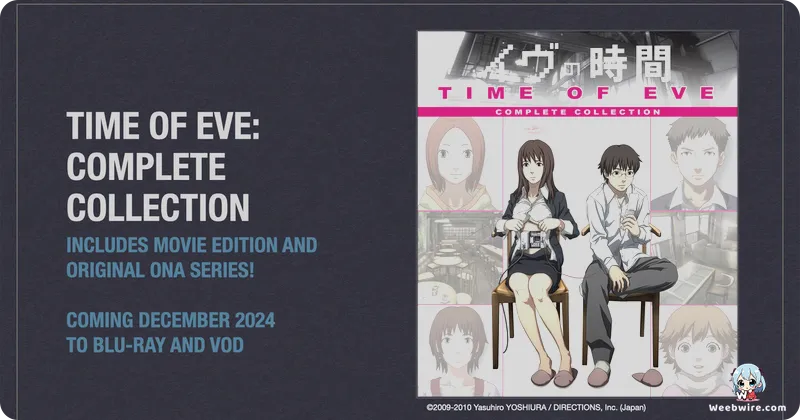
In the vast and vibrant world of anime, some narratives don't roar with grand battles but rather whisper profound truths, carving out a unique space with their quiet brilliance. Among these stands Time of Eve (Eve no Jikan), a series that first captivated audiences in August 2008. While many recognize its introspective journey into humanity and artificial intelligence, fewer are aware of the fascinating, often pioneering, details that cement its distinct legacy in animation history.
The Revolutionary Genesis of an ONA
Perhaps the most compelling aspect of Time of Eve is its unconventional genesis: it emerged not as a massive studio production but as an independent Original Net Animation (ONA). Conceived, penned, and helmed by the visionary Yasuhiro Yoshiura, celebrated for his thoughtful sci-fi narratives, Time of Eve debuted online in serialized, episodic installments. This independent spirit granted Yoshiura unparalleled creative autonomy, fostering an environment where intricate philosophical inquiries could take precedence without the commercial pressures often associated with mainstream ventures. For a series boasting such refined animation and sophisticated narrative depth, its humble beginnings as a web-first project were genuinely revolutionary, challenging established norms of high-quality anime production and distribution. This bold move demonstrated that compelling storytelling and artistic integrity could thrive outside traditional studio systems, paving the way for future independent creators.
A Masterclass in Hybrid Animation
Adding to its technical prowess, Time of Eve masterfully fuses 2D character animation with meticulously crafted 3D backgrounds. Though this hybrid approach is more prevalent today, its seamless execution in 2008, particularly for an independent creation, represented a remarkable technical achievement. The intricate details of the iconic titular café, from its inviting ambient lighting to its worn textures, were painstakingly rendered in 3D, creating a rich, atmospheric setting that felt both tangible and deeply immersive. This visual synergy amplified the series' core themes, establishing an intimate sanctuary where the lines between human and android elegantly blurred, making the café itself an indispensable character in the story's emotional tapestry. The careful attention to environmental detail grounds the philosophical discussions, making the abstract feel concrete and relatable.
Beyond Conventional Sci-Fi Tropes
The true brilliance of Time of Eve lies in its bold departure from conventional science fiction tropes. Unlike many genre contemporaries that lean into dystopian futures or high-octane action, Time of Eve strips away external conflict to focus almost exclusively on dialogue and nuanced character interactions. Its central premise—a clandestine café where androids are permitted to remove their holographic 'halo' rings, thus becoming indistinguishable from humans—serves as a deceptively simple yet immensely powerful narrative device. The removal of this ring symbolizes the shedding of societal biases, compelling both the characters and the audience to confront their ingrained perceptions about identity, consciousness, and the very essence of 'humanity.' Rather than offering definitive answers, the series masterfully poses complex questions, inviting viewers into a contemplative arena akin to a philosophical discourse—a truly singular approach for an anime that prioritizes introspection over spectacle.
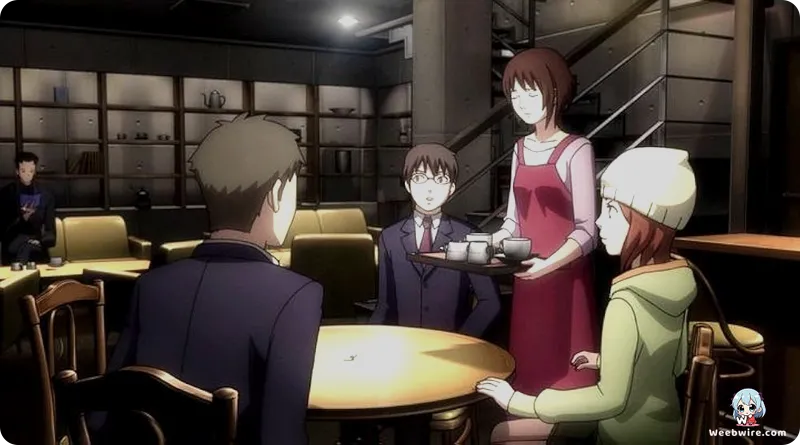
The Depth of Supporting Characters
Even the seemingly minor patrons within the Time of Eve café possess surprising depth, playing crucial roles in illuminating the series' profound themes. From the subtly guiding android barista, Nagi, who navigates human protagonist Rikuo through this new paradigm, to the android child striving desperately for normalcy, and the human customers grappling with their own prejudices and curiosities, every interaction is meticulously sculpted. These supporting players are far from mere background elements; they embody diverse facets of human-android coexistence, societal expectations, and personal biases. Their brief, poignant stories, unveiled through their conversations and subtle gestures, collectively weave a rich narrative tapestry that underscores the central message of acceptance and understanding. Their presence ensures that abstract philosophical debates are always grounded in relatable, often heart-wrenching, personal experiences, making the series resonate on a deeply emotional level.
From ONA to Feature Film
Fans will also be thrilled to discover that, propelled by its critical acclaim and burgeoning cult following, the original 6-episode ONA series was later expanded and compiled into a feature film, Time of Eve the Movie (Eve no Jikan Gekijouban), released in 2010. This cinematic iteration was more than a mere compilation; it incorporated significant new scenes that further enriched the narrative, providing additional context and deeper insight into the characters' backstories and relationships. This remarkable evolution from a niche online release to a successful theatrical experience powerfully demonstrated the profound impact and enduring appeal of Yoshiura's distinctive work, allowing Time of Eve to reach a broader audience and solidify its reputation as a thought-provoking modern classic. The film version truly cemented its place in anime history, showcasing its ability to transcend its original format.
A Nod to Sci-Fi Literary Giants
Furthermore, the series subtly pays homage to seminal science fiction literature, particularly the works of Isaac Asimov. While it doesn't explicitly reference Asimov's Three Laws of Robotics, the entire conceptual framework—of sentient androids seeking to integrate into human society, navigating the implications of their advanced artificial intelligence, and challenging human preconceptions—resonates deeply with the core explorations found in Asimov's narratives. Time of Eve thoughtfully takes these foundational concepts and evolves them, offering a more intimate and character-driven examination of robot ethics and human empathy. It is this intelligent and respectful engagement with established sci-fi themes, while forging its own unique narrative path, that renders Time of Eve so compelling and deserving of its celebrated enduring legacy. It stands as a sophisticated continuation of a rich literary tradition.
Ultimately, Time of Eve stands as a powerful testament to the efficacy of subtle storytelling and intellectual curiosity within animation. Its independent origins, groundbreaking visual methodologies, profound philosophical depth, and intricately developed characters all contribute to a viewing experience that continues to surprise and deeply resonate with those who seek more than superficial entertainment. It’s a series that warmly invites you to take a seat, sip a coffee, and contemplate the very nature of existence itself, solidifying its status as essential viewing for any discerning anime enthusiast who appreciates narratives that challenge and inspire.
Credits
Time of Eve
Author
Yasuhiro Yoshiura
Cover Art
Yasuhiro Yoshiura
Studio
Studio Rikka
Publisher
DIRECTIONS, Inc.
Producers



